Definition: Business Communication refers to the exchange of thoughts, ideas, views and information among the personnel working in or associated with the organisation. Communication, i.e. interacting in some or the other way is essential for humans beings to survive in a social environment.
Similarly, effective communication is the foundation of a successful organisation and to carry out business activities smoothly.
Different Types of Business Communication
Communication is a need in today’s business world. The people either work for or are associated with an organisation, including employees, stakeholders, banks, customers, suppliers, advertisers, etc. Thus, they need to interact and communicate with each other to achieve business objectives as well as fulfil their requirements.
Let us now understand the various ways in which interactions take place in an organisation. Business communication can be classified by its structure, direction of flow of information, modes of communication and response.
Content: Types of Business Communication
- Based on Structure
- Based on the Medium of Communication
- Based on Flow of Direction
- Based on Response
- Conclusion
Based on Structure
The first one is the structure of communication; the channel used for interaction plays a vital role.
It can be further bifurcated into the following two categories: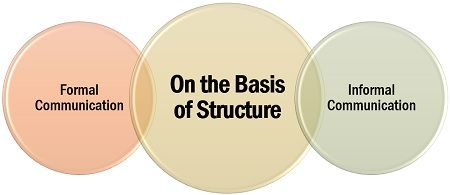
Formal Communication
It is a regular and organised channel of work-related communication within a company, where the employees have to coordinate through a proper medium among themselves.
Types of Formal Communication Network: A communication network is a pattern designed to understand how information travels from one person to another.
Let us now go through the different networks provided under formal communication:
- Chain: When an employee passes on official information to the other employee who further communicates it to a third employee creates a chain pattern. For example; the CEO informs the sales target to the General Manager, the GM also transmits it to the Sales Manager.

- Wheel: When a single employee communicates any organisational information to a group of co-workers, a wheel pattern is formed. For example; Team leader reading out a circular issued by the management in front of other co-workers.
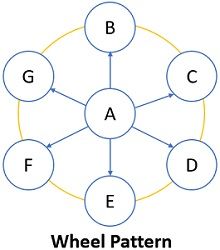
- Circular: An employee communicates information to his colleague, who passes it on to another co-worker and so on. The message passes from one employee to another and finally reaches to the person who initiates the process.
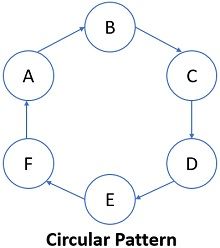
- Free Flow: In this type of network, no particular pattern is followed. Information is spread in a non-systematic manner by anyone. For example; in an emergency condition in the organisation, say in case of a short circuit, the information is randomly spread among the employees.
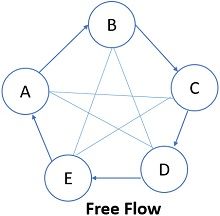
- Inverted V: Under this network, the subordinates can communicate directly with their immediate senior as well as their senior or top management too. For example; sales executives can interact with their team leader as well as with the manager.
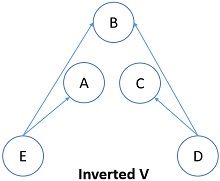
Informal Communication
It is an unofficial form of communication arising out of friendship or casual relations, where the discussions may or may not be related to the work or the organisation.
Types of Informal Communication Network: Though there is no particular system which is followed for informal communication, still following are the four informal networks identified:
- Single Strand: Similar to the chain pattern, in single strand too, the information goes on passing from one person to another; then to the next; and so on.

- Gossip / Grapevine: One single person spreads information within an informal group where the message may or may not be valid. This pattern is also called as grapevine.
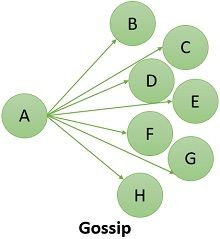
- Probability: It is similar to the gossip pattern, but here, it is not necessary that everyone is involved in the communication.
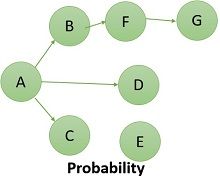
- Cluster: When a person passes on information only to his trustworthy people believing that they won’t tell it to anyone, but they do the same thing. Thus, the message spreads to a selected group of people; this network is known as a cluster.
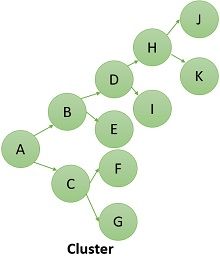
Based on the Medium of Communication
The way a message is framed and the channel used for sending information to the receiver determines the following forms of communication:

Verbal Communication
Transmission of information which is enclosed in words whether written or said is known as verbal communication.
A message framed in words when spoken to the receiver is termed as oral communication. It includes face to face interaction, calls, voice calls, video calls, a recorded message, etc.
Whereas, when the sender drafts a message in words for the receiver to read, it is called written communication. For example; a letter, an email, brochures, circulars, notice, message chat, etc.
Non-Verbal Communication
As we say ‘actions speak louder than words’, expressing information other than words is known as non-verbal communication. Any communication remains incomplete without the use of non-verbal means.
There are different types of non-verbal communication, including kinesis, paralanguage, chronemics, artefacts, proxemics and haptics.
Kinesis refers to interactions through facial expressions, body language, eye contact, gestures, postures, etc. However, paralanguage is the way we speak, i.e. tone, volume, pitch, etc.
Artefacts include the appearance, personality, dressing sense and presentability of a person. Whereas, chronemics is the timing, punctuality, pause etc. while speaking.
Proxemics is the distance which a person maintains while communicating with others, speaks a lot about the relation between the two. Lastly, haptics or the touch also inform about the feelings and expressiveness of a person.
Based on Flow of Direction
The direction in which information or a message flows within a formal set up in an organisation defines the type of communication it is.
Following are the four primary forms of communication- according to their direction: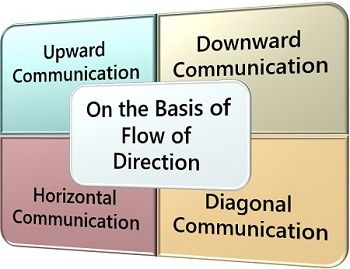
Upward Communication
In upward communication, the sub-ordinates share their problems, suggestions and ideas with their seniors.
Downward Communication
When the seniors pass on orders, instructions, policies, rules, norms, etc. to their subordinates, it is known as downward communication.
Horizontal Communication
When communication takes place among two people holding a similar position in the organisation, it is known as horizontal communication. For example; A sales manager provides the sales revenue sheet to the finance manager.
Diagonal Communication
When the senior of a particular department shares some information with the subordinate of the other department and vice-versa. For example; a human resource manager warns a sales executive for excessive leaves.
Based on Response
Communication in an organisation can be differentiated as per the need for response or feedback.
Following are the two types of business communication, based on the response: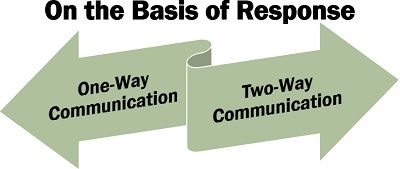
One-Way Communication
In one-way communication, the sender passes on the information to the receiver without seeking any feedback or response. For example; an advertisement for a particular product on television.
Two-Way Communication
When the sender shares some information with the receiver, and in return, the receiver responds to such information, it is known as two-way communication. For example; the manager discusses the problem of low productivity with the team, and they give reasons for the same.
Conclusion
We, humans, are considered to be social animals, and therefore, interaction with each other is a necessity for us. So goes for business, no business activity can survive in the absence of communication.
Sibongile Thanjekwayo says
It was good to learn about one the things we take for granted when in actual fact we use it everyday. Communication can build or break relations and we do not pause to consider the type of communication we need for a certain project or engagement. This was a good start to learning good communication.
ASHOK S says
Good content & examples